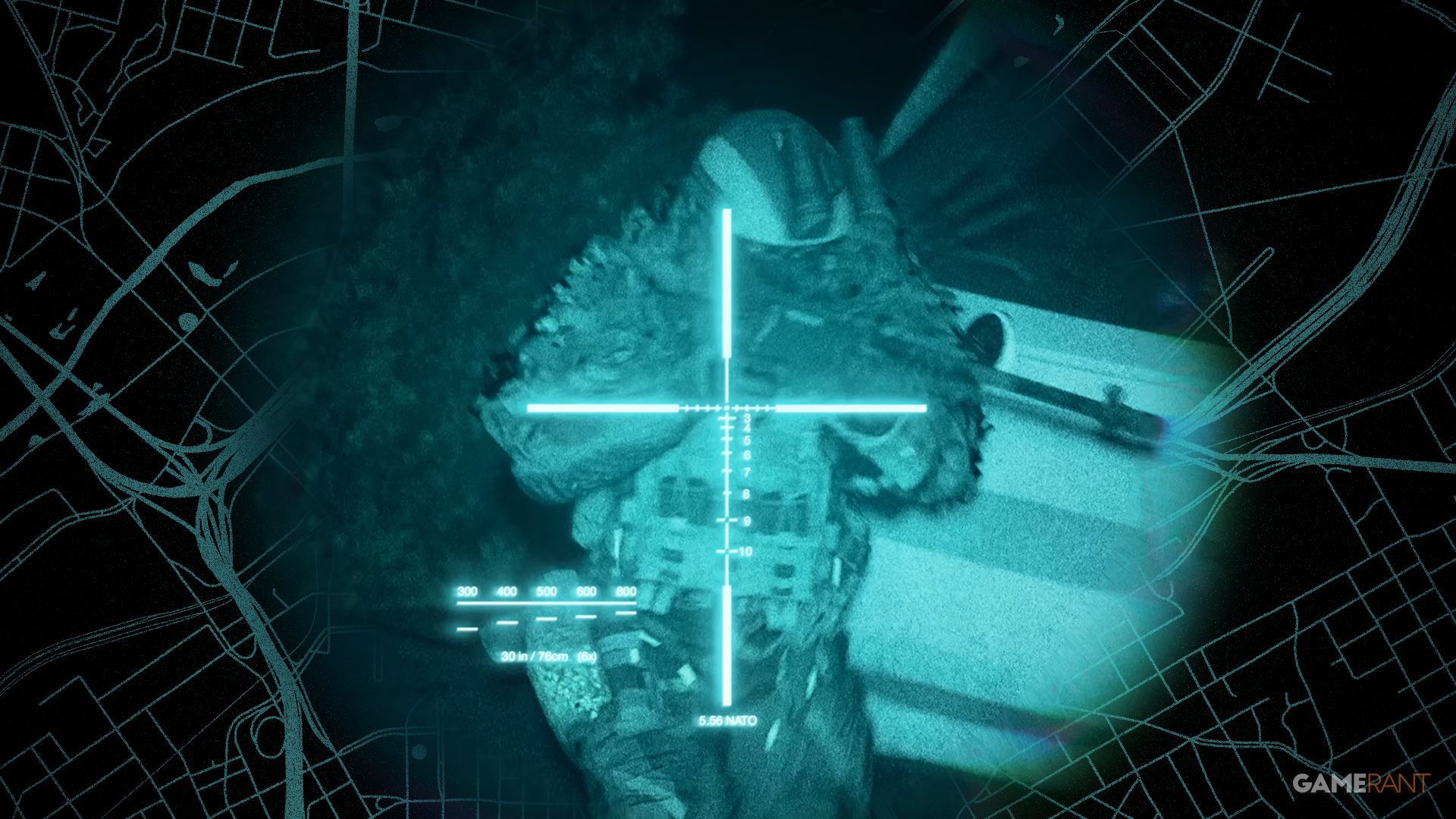Brent Oil Forecast
The price of Brent crude tomorrow will be 66.3 US dollars. Today the price for 1 bbls was 65.1 USD. Yesterday the rate was 64.9 USD for 1 bbls of Brent crude. Trading of Brent crude took place in the range 63.3 – 65.1 USD. The difference compared to the previous day was 1.36%.




